New Year’s Luck: A Chef’s Guide to the Tastiest Traditions
I’ve spent more than two decades working in professional kitchens, and let me tell you, New Year’s Eve is a night unlike any other. There’s this incredible mix of high-stakes pressure and genuine hope in the air. While everyone is out front celebrating, we’re in the back, focused, preparing dishes that are loaded with meaning. We’re not just cooking food; we’re crafting symbols of luck, prosperity, and a fresh start.
In this article
You’ve probably seen those articles that just list lucky foods. This isn’t one of them. I want to pull back the curtain and take you behind the scenes. We’ll explore what these foods are, of course, but more importantly, why they matter and how to cook them right. Honestly, when you understand the technique behind a dish, the tradition feels so much more powerful. It’s like you’re shaking hands with all the cooks who came before you.
So, we’ll cover the big ones—from hearty lentils to a show-stopping pork roast. I’ll share the tips and tricks I’ve picked up over the years, both as a chef and a teacher. The goal here is simple: to help you make a meal that not only tastes incredible but also feels truly meaningful. It’s about bringing a little bit of hope to the table.

Pork: For Progress and Prosperity
In many cultures, pork is the star of the New Year’s table. Why? It’s all about the pig itself. When a pig forages, it roots forward with its snout, which has become a powerful symbol for moving ahead and leaving the past behind. It’s a stark contrast to chickens, which scratch backward, or lobsters that swim backward—foods many people avoid for this very reason.
But there’s more to it. The pig’s rich fat content has long been associated with wealth and abundance. In older agricultural societies, a fat pig meant a good harvest and security for the winter. That feeling of generosity carries through today. A big, beautiful pork roast just feels celebratory, doesn’t it?
Getting That Perfect, Crispy Crackling
Okay, let’s talk about the holy grail of any pork roast: that shatteringly crisp skin, or crackling. It’s all about controlling moisture and heat. To get that perfect result, you have to get the skin BONE DRY. I’m not kidding.
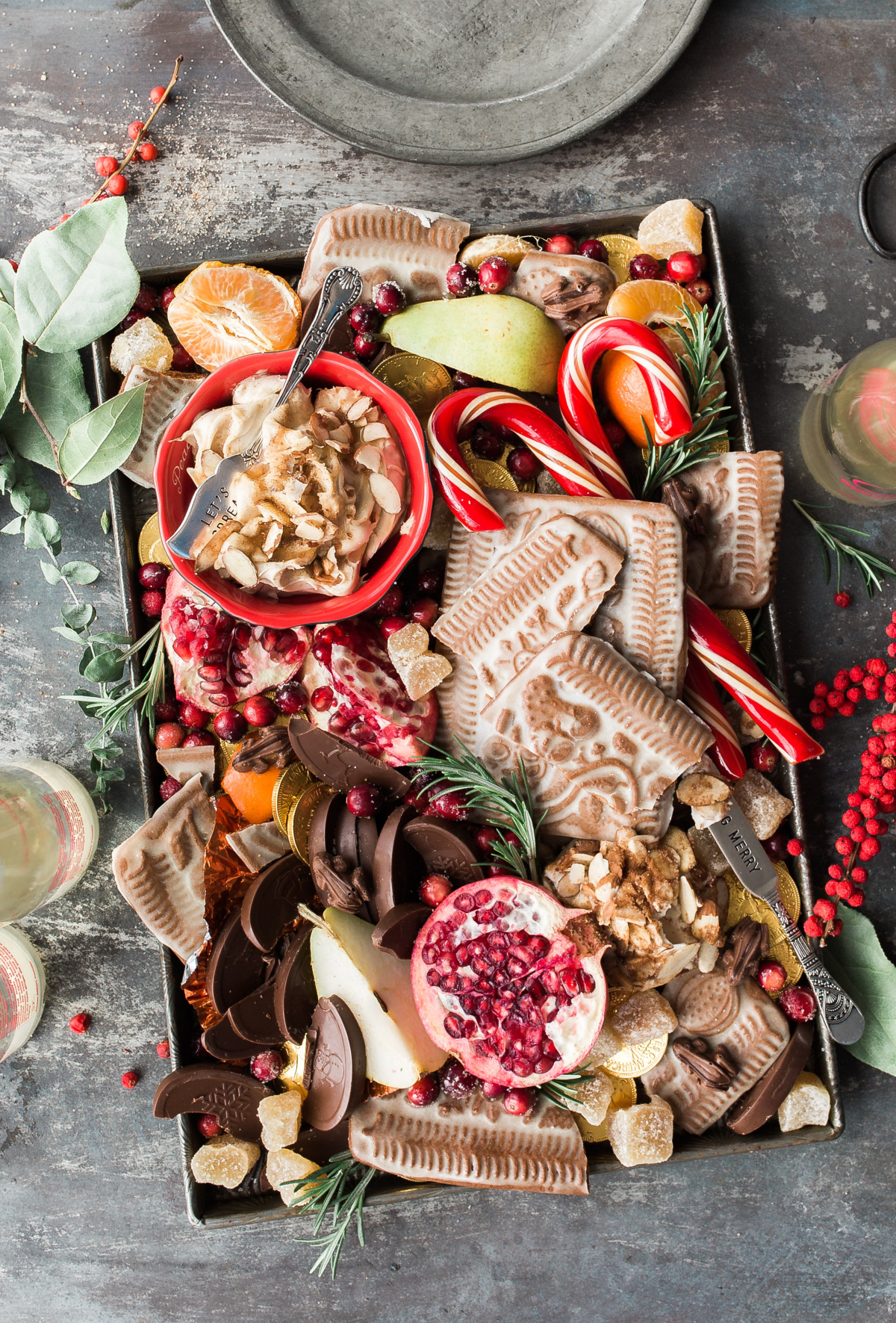
The night before, I pat the pork shoulder (also called a Boston butt) dry with paper towels. Then, I take a super sharp utility knife and score the skin in a diamond pattern, cutting through the skin and fat but not deep into the meat. Then, salt. Lots of coarse salt. The salt pulls moisture out of the skin. I leave it uncovered on a wire rack in the fridge overnight. The cold, circulating air works like a dehydrator.
The Pro’s Two-Temperature Method
This is the technique we used in every restaurant I worked in. It’s foolproof for getting juicy meat and crispy skin at the same time. A 5-7 pound bone-in pork shoulder is a surprisingly affordable cut for a crowd, usually running between $15 and $25 at the supermarket.
What You’ll Need:
- One 5-7 lb bone-in pork shoulder
- Coarse sea salt or kosher salt
- Black pepper
- A sharp utility knife (seriously, sharp is key)
- A roasting pan with a wire rack
- A good meat thermometer (non-negotiable!)
Here’s the game plan:
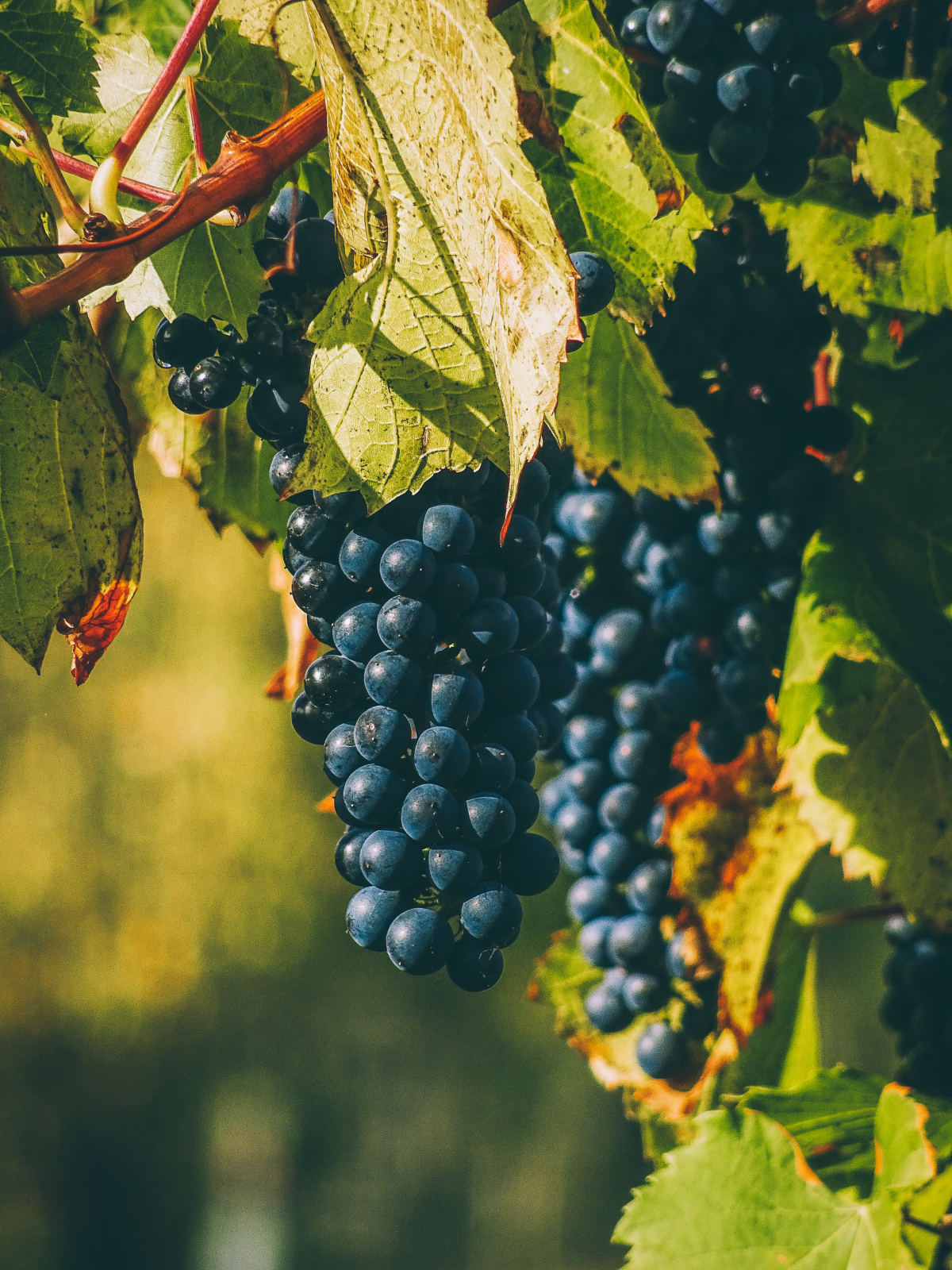
- The Day Before: Get that roast totally dry. Score the skin in a 1-inch diamond pattern, being careful not to slice the meat. Rub a thick layer of coarse salt all over. Pop it on a wire rack over a tray and let it chill in the fridge, uncovered, for 12-24 hours.
- Roasting Day: Crank your oven to 450°F. Wipe off any excess salt and moisture from the skin. Let the roast hang out at room temp for about an hour to take the chill off.
- The High-Heat Blast: Place the pork in the roasting pan and hit it with that 450°F heat for 20-30 minutes. This is what starts to puff and crisp the skin. You’ll hear it sizzle and pop.
- Low and Slow: Drop the oven temp to 325°F and let it roast for another 2.5 to 3.5 hours.
- Check the Temp: For a fall-apart tender shoulder, you’re aiming for an internal temperature of at least 185°F. For a leaner pork loin, you’d pull it at 145°F. A meat thermometer is your best friend here.
- Let It Rest: This is crucial. Pull the roast from the oven and let it rest for a solid 20 minutes before you even think about carving. This lets the juices settle back into the meat, keeping it moist.
Quick Troubleshooting Tip: If your skin isn’t quite as crispy as you’d like at the end, don’t panic! You can slide it under the broiler for 2-3 minutes. But you have to watch it like a hawk—it can go from perfect to burnt in seconds.
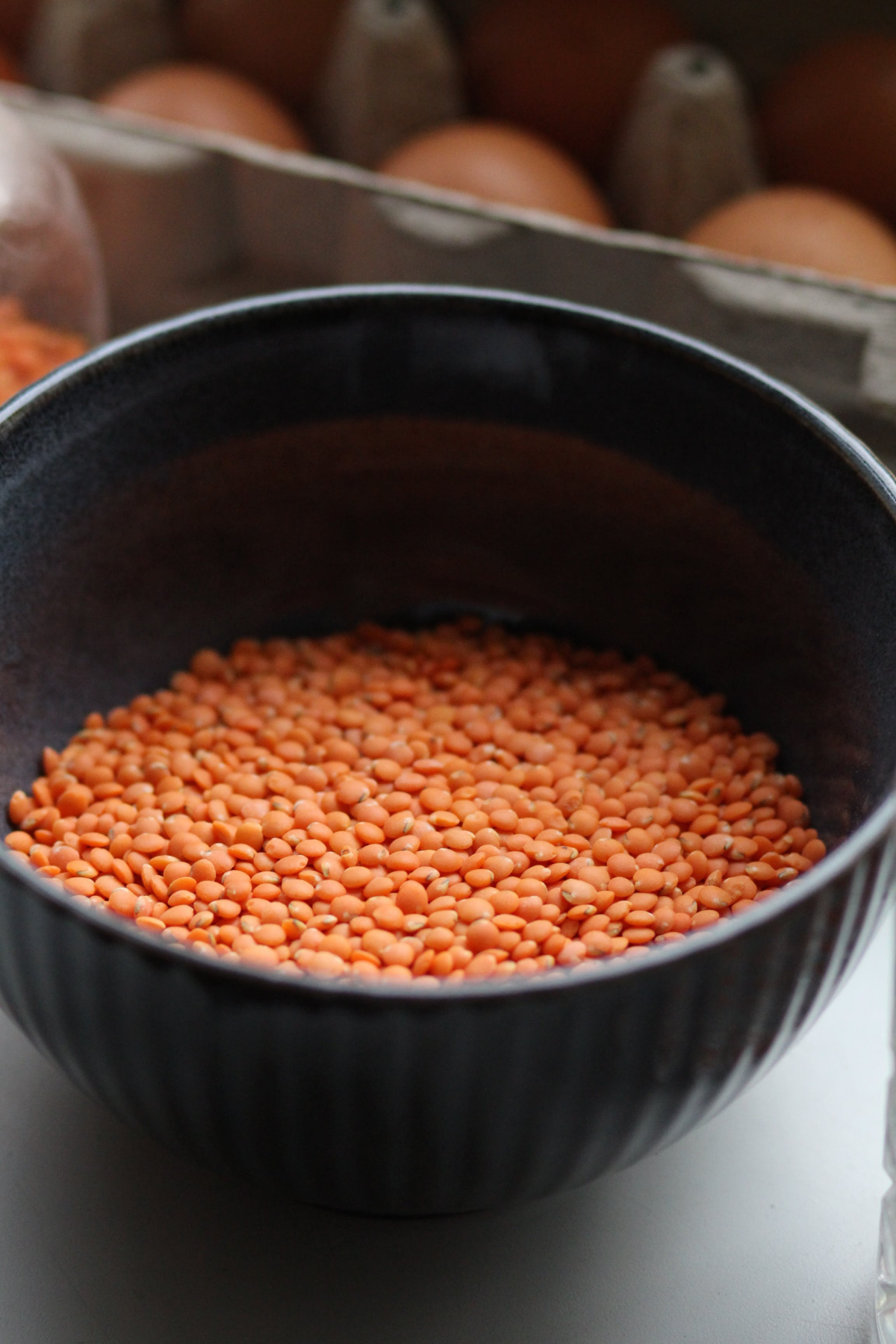
Oh, and for serving? This roast is fantastic with simple roasted root vegetables and, of course, the lucky collard greens we’ll talk about next!
Lentils: Little Coins for Good Fortune
In places like Italy and Brazil, you absolutely have to eat lentils for the New Year. The tradition goes way back to ancient times, when the small, round lentils were thought to resemble coins. The idea was simple: eat these little “coins” to attract wealth in the year ahead. It was a humble food, so this was a tradition for everyone, not just the wealthy.
In Italy, you’ll often see lentils served alongside a rich pork sausage called cotechino (you can sometimes find this at a good Italian deli). In Brazil, they’re often served with rice. Both pairings double down on the symbolism of abundance.
Cooking Lentils the Right Way
The type of lentil you choose really matters. For a New Year’s stew, you want brown or green lentils because they hold their shape. Red or yellow lentils are great, but they tend to fall apart and are better for creamy, puréed soups. And the best part? A one-pound bag of lentils will only set you back about $2-$4 and can easily serve a whole crowd.
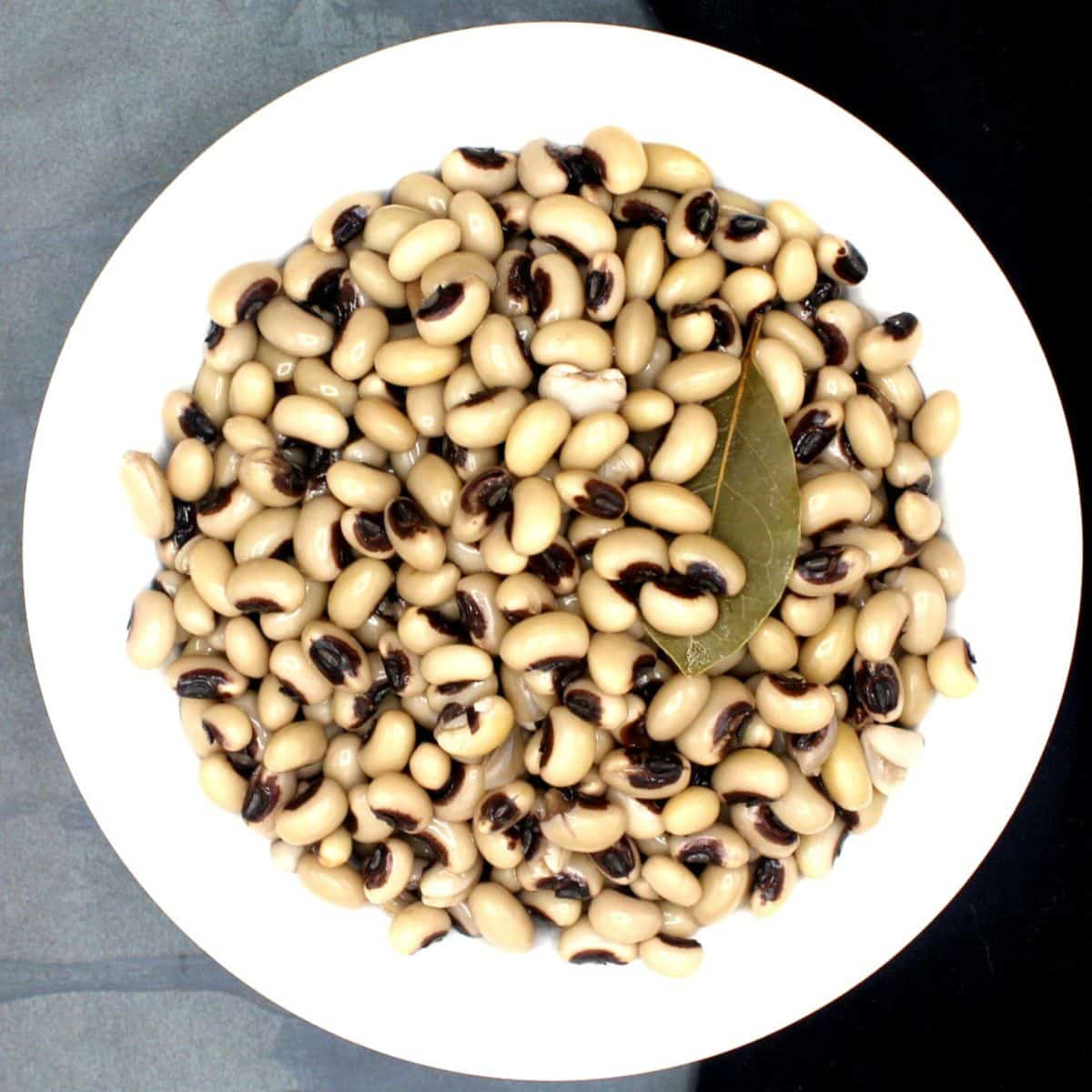
To soak or not to soak? Unlike bigger beans, lentils don’t technically need it. I usually skip it. The real secret is to simmer them gently. A rolling boil will cause their skins to burst, and you’ll lose that nice coin shape.
In a rush? You can cook this entire stew in a pressure cooker or Instant Pot. Just sauté the veggies in the pot, then add the liquids and lentils and cook on high pressure for about 15 minutes. It’s a total game-changer.
My Go-To Hearty Lentil Stew Recipe
This is a foundational recipe I’ve taught countless times. It’s simple, flavorful, and pretty hard to mess up.
What You’ll Need:
- 1 lb brown or green lentils, rinsed
- 1 large yellow onion, finely chopped
- 2 carrots, finely chopped
- 2 celery stalks, finely chopped
- 4 cloves garlic, minced
- 2 tbsp olive oil
- 6 cups vegetable or chicken broth
- 1 tsp dried thyme
- 2 bay leaves
- Salt and pepper
- Fresh parsley for garnish
Method:
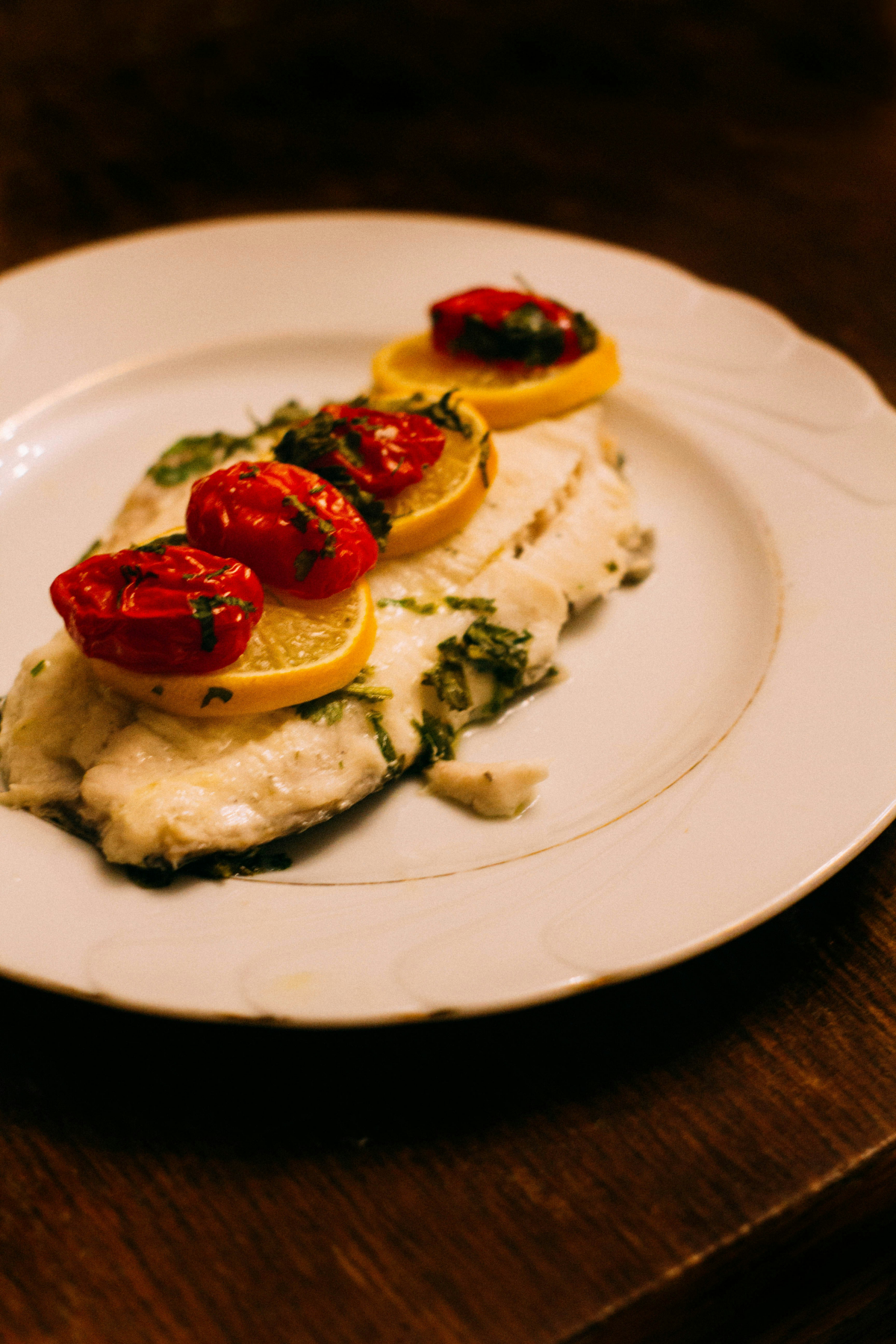
- Build Your Flavor Base: In a big pot, heat the olive oil over medium heat. Add the onion, carrots, and celery (the classic mirepoix). Cook slowly until soft, about 8-10 minutes. Don’t rush this—it builds a sweet foundation.
- Wake Up the Aromatics: Toss in the garlic and cook for one more minute, just until it’s fragrant.
- Simmer Away: Add the rinsed lentils, broth, thyme, and bay leaves. Bring to a very gentle simmer.
- Patience is Key: Lower the heat, cover, and let it cook for 30-40 minutes, until the lentils are tender but still distinct.
- Season Generously: Fish out the bay leaves. Now, season with salt and pepper. A common mistake is under-seasoning; lentils need a good bit of salt to come alive. Taste and adjust.
- Serve It Up: Ladle into bowls and top with fresh parsley. It tastes even better the next day.
Common Pitfall: Is your stew a bit watery? No problem. Just remove the lid and let it simmer for another 10-15 minutes to thicken up. For a flavor boost, you can toss in a Parmesan rind while it simmers (just remove it before serving) or stir in a splash of red wine vinegar at the end to brighten everything up.
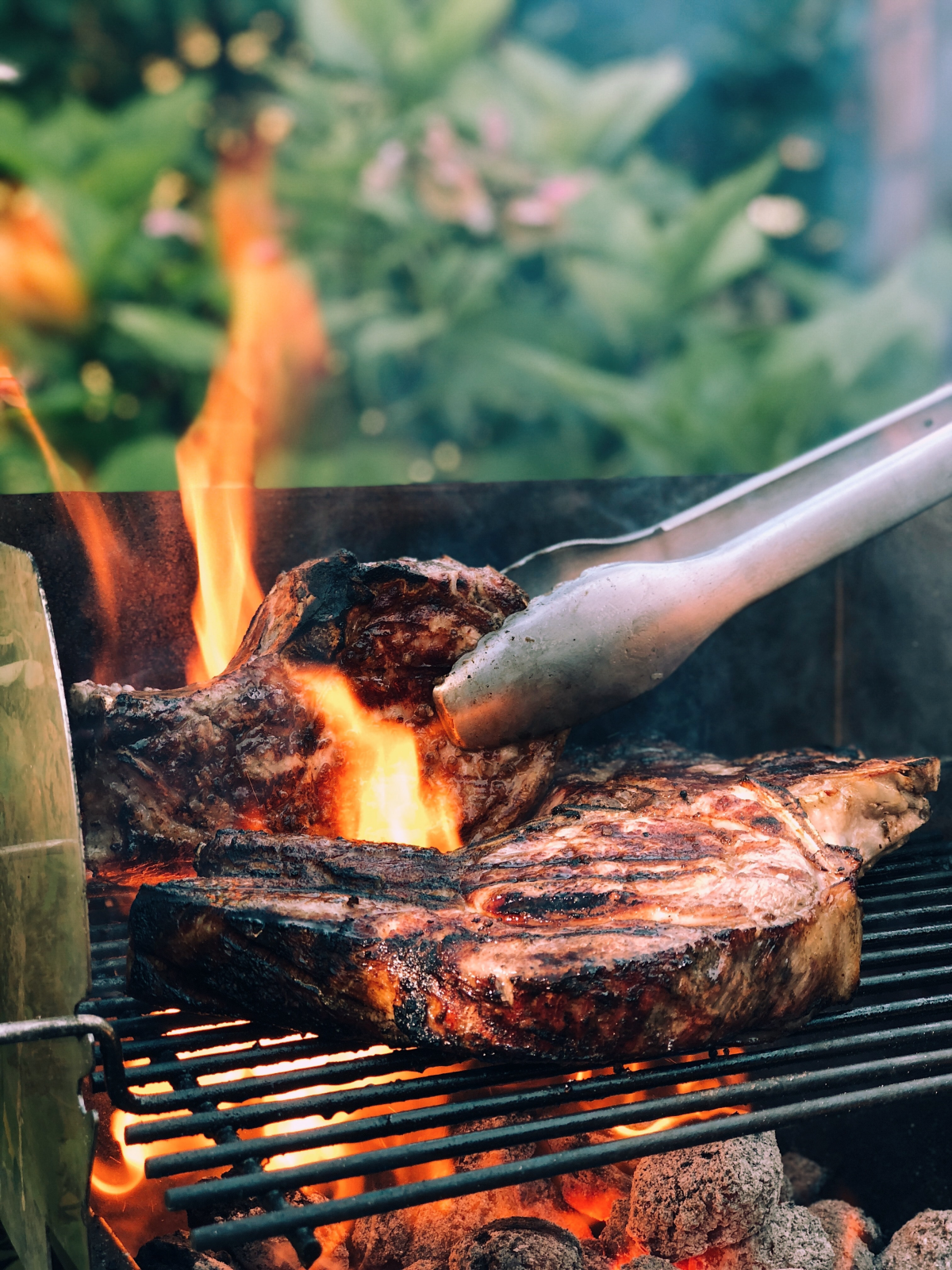
Peas and Greens: A Southern Tradition of Resilience
In the American South, New Year’s Day means a plate of black-eyed peas, greens, and cornbread. This tradition is deeply woven into the fabric of African American history. Black-eyed peas, originally from Africa, became a staple crop. During a period of intense civil conflict, these humble fields of peas and greens were often overlooked by raiding soldiers, providing a critical source of food that helped many families survive the winter.
The symbolism here is beautiful. The peas represent coins, the greens (like collards or mustard greens) stand for paper money, and golden cornbread represents, well, gold. To me, it’s one of the most powerful food traditions—a meal that signifies not just prosperity, but also profound resilience.
How to Cook Collard Greens Without Bitterness
Collards can be tough and bitter if you don’t treat them right. The secret is twofold: clean them properly and cook them low and slow.
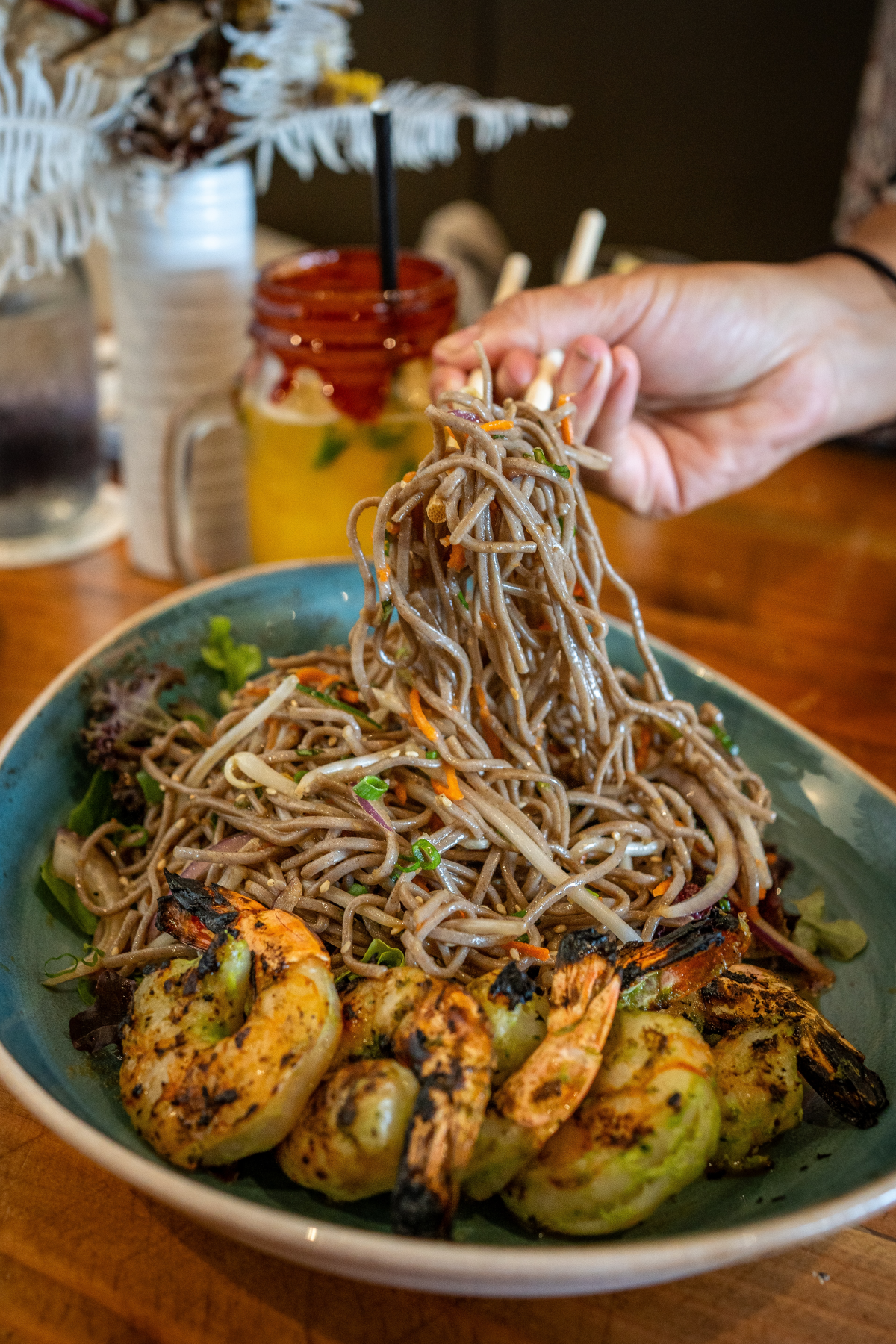
First, fill your sink with cold water and dunk the leaves, swishing them around to release any grit. Drain and repeat until the water is perfectly clear. Second, fold each leaf in half and slice out that tough center stem. Then, stack the leaves, roll them up like a cigar, and slice them into thin ribbons. This helps them cook down into silky tenderness.
A Foolproof Method for Southern-Style Greens
- 2 large bunches of collard greens, cleaned and sliced
- 4 slices of thick-cut bacon or 1 smoked turkey wing
- 1 large onion, chopped
- 4 cloves garlic, sliced
- 4 cups chicken or vegetable broth
- 1 tbsp apple cider vinegar
- 1 tsp red pepper flakes (optional, for a little kick)
- Salt and pepper
In a large pot, cook the bacon until crisp. Scoop it out, but leave the fat. Sauté the onion in the bacon fat until soft, then add the garlic for a minute. Add the greens in handfuls, letting them wilt. Pour in the broth, vinegar, and pepper flakes. Crumble the bacon back in (or add the turkey wing). Bring to a simmer, then drop the heat to low, cover, and cook for at least an hour—honestly, the longer the better. Season with salt and pepper. And trust me, that splash of vinegar isn’t optional; it cuts the richness and makes the flavor pop.
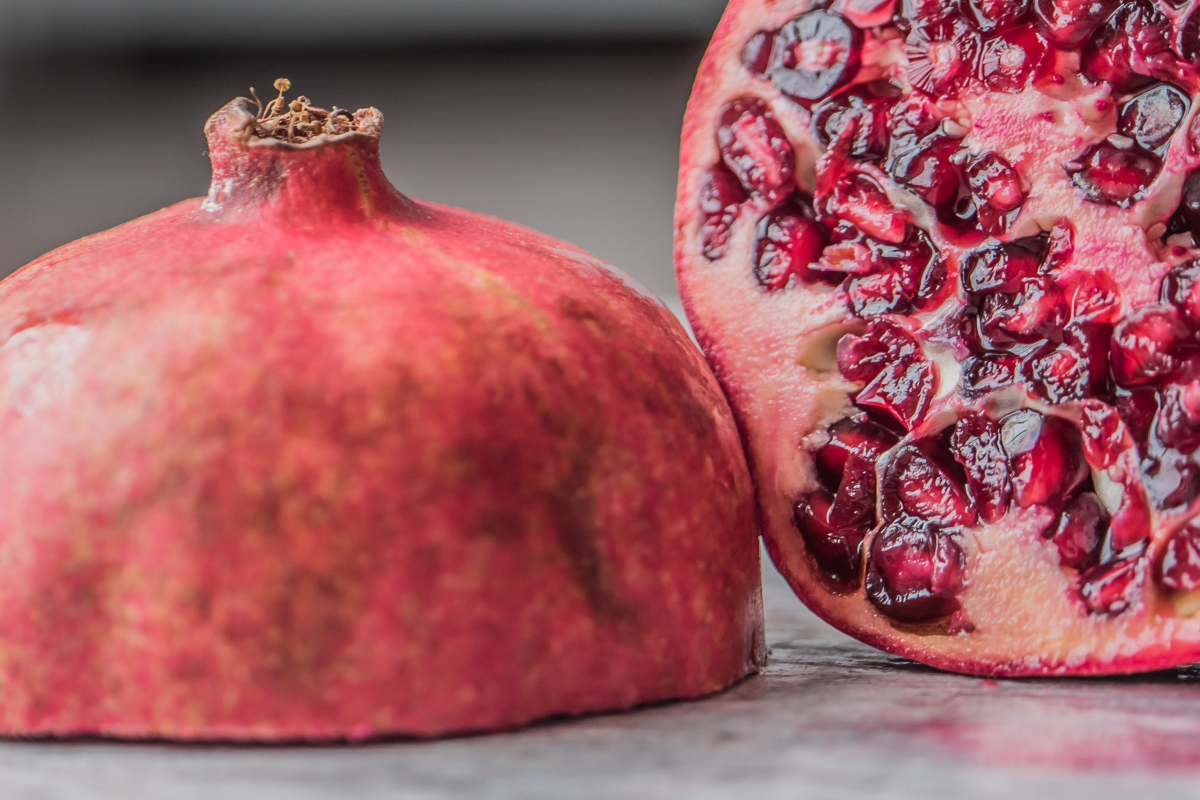
You Can’t Forget the Hoppin’ John!
Now, you can’t have peas and greens without the main event: Hoppin’ John. It’s the classic dish that brings black-eyed peas together with rice and pork. Here’s a super simple way to make it.
Simple Hoppin’ John Recipe:
- 1 tbsp bacon grease or olive oil
- 1 medium onion, chopped
- 1 bell pepper, chopped
- 2 cloves garlic, minced
- Two 15-ounce cans of black-eyed peas, rinsed and drained
- 1.5 cups chicken broth
- 1/2 tsp dried thyme
- A dash of hot sauce
- 2 cups cooked white rice
- Salt and pepper to taste
Heat the grease or oil in a pot over medium heat. Sauté the onion and bell pepper until soft, about 5 minutes. Add the garlic and cook for another minute. Stir in the drained peas, broth, thyme, and hot sauce. Bring to a simmer and cook for about 15 minutes to let the flavors meld. Finally, stir in the cooked rice and season well with salt and pepper. Serve warm! By the way, leftovers are called “Skippin’ Jenny,” and eating them is said to show frugality, bringing you even more luck.
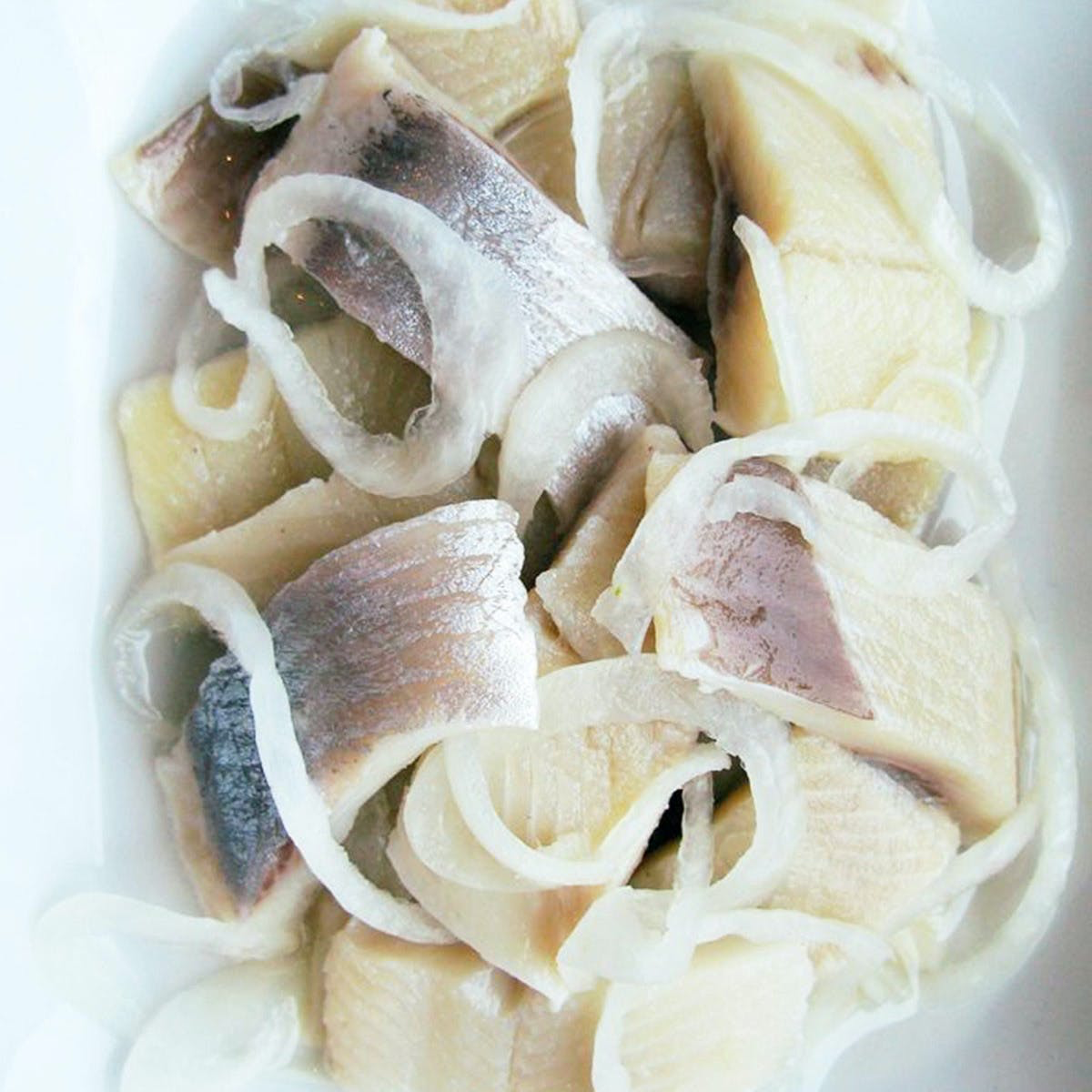
Grapes and Round Fruits: A Wish for Every Month
In Spain, as the clock strikes midnight, the tradition is to eat twelve grapes—one for each chime. Each grape represents a wish for good luck in one month of the coming year. A sweet grape predicts a good month; a sour one, a more challenging month. It’s a frantic, hilarious, and joyful way to ring in the new year.
A little tip if you want to try this: It’s harder than it sounds! The bells chime fast. I’d recommend using small, seedless grapes like ‘Sugar Crisps’ or ‘Thomcords.’ Have them washed and ready in a little bowl. Some shops in Spain even sell tiny cans with twelve pre-peeled grapes just for this moment!
In the Philippines, the idea is similar but bigger. Families display twelve different types of round fruits on the table—oranges, melons, apples, anything round to symbolize coins and year-round prosperity. It makes for a beautiful, fragrant centerpiece that just fills the room with a feeling of abundance.
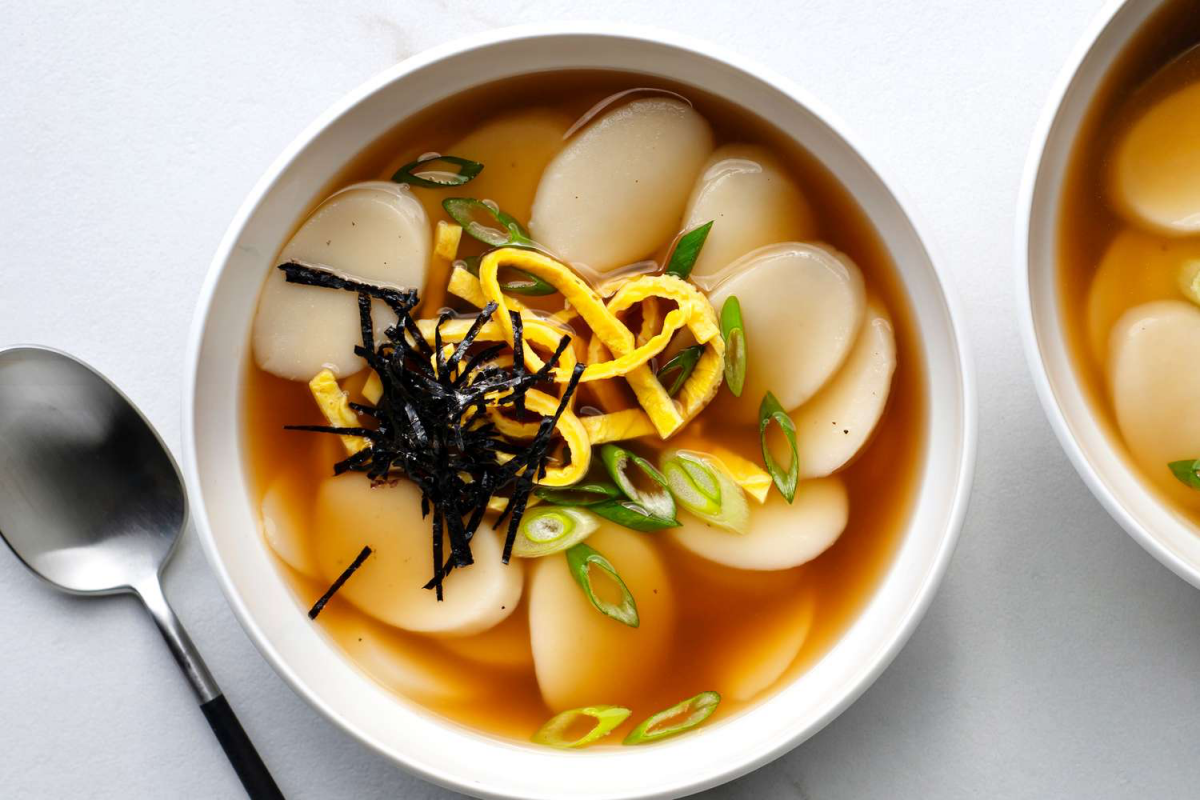
A Sweet Surprise: The Cake with a Hidden Coin
In Greece, the New Year is welcomed with Vasilopita, or “Basil’s Cake.” It’s a sweet, bread-like cake with a coin hidden inside. The head of the household cuts it at midnight, with the first slices dedicated to spiritual figures, and the rest served to family members from oldest to youngest. Whoever finds the coin is blessed with good luck for the year.
Having been at a Greek family’s celebration, I can tell you the anticipation is electric. The cheer that erupts when the coin is found is just pure joy.
Making Your Own Lucky Cake (Safely!)
If you bake your own, a quick safety warning: don’t just use a modern coin from your wallet. It’s not food-safe. Instead, wrap a clean coin tightly in foil. Even better, you can buy food-safe ceramic tokens online or at baking supply stores. And make sure everyone, especially kids, knows there’s a hidden object in the cake!
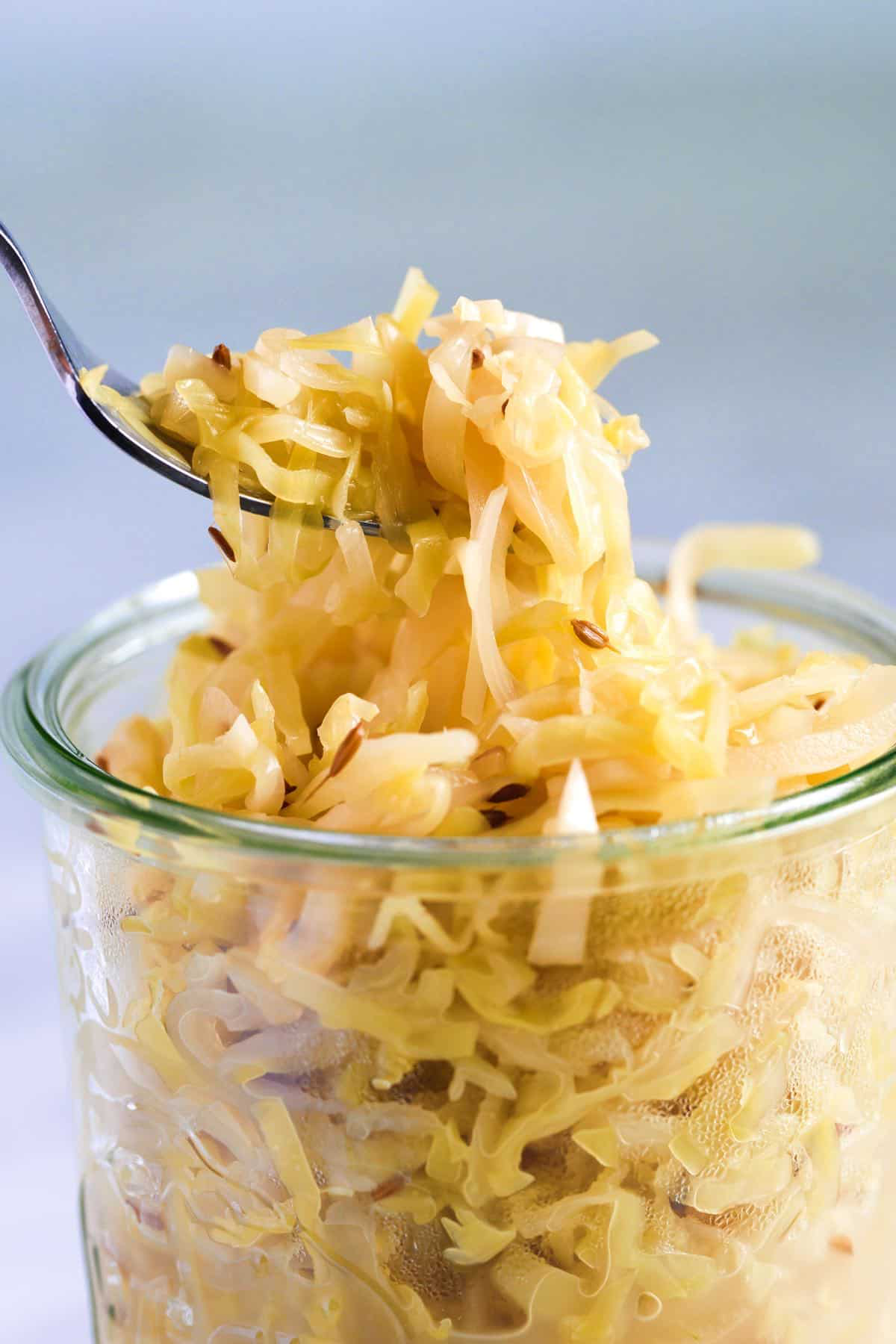
Simple Greek New Year’s Cake (Vasilopita) Recipe
This is a simple, orange-scented version that’s perfect for beginners.
- 3 cups all-purpose flour
- 1 tbsp baking powder
- 1/2 tsp salt
- 1 cup (2 sticks) unsalted butter, softened
- 1.5 cups granulated sugar
- 4 large eggs
- 1 cup milk
- Zest of 2 oranges
- 1 tsp vanilla extract
- 1 foil-wrapped coin or baking token
- Sliced almonds or powdered sugar for topping
Preheat your oven to 350°F and grease a 10-inch round pan. Whisk together the flour, baking powder, and salt. In another bowl, cream the butter and sugar until light and fluffy. Beat in the eggs one at a time, followed by the orange zest and vanilla. Alternate adding the flour mixture and the milk, starting and ending with the flour. Mix until just combined. Pour the batter into the pan, and push the foil-wrapped coin down into the batter somewhere. Smooth the top and sprinkle with almonds, if using. Bake for 45-55 minutes, or until a tester comes out clean. Let it cool before serving. And remember, if you’re short on time, picking one up from a local Greek bakery is a fantastic way to support a small business and still enjoy the tradition.
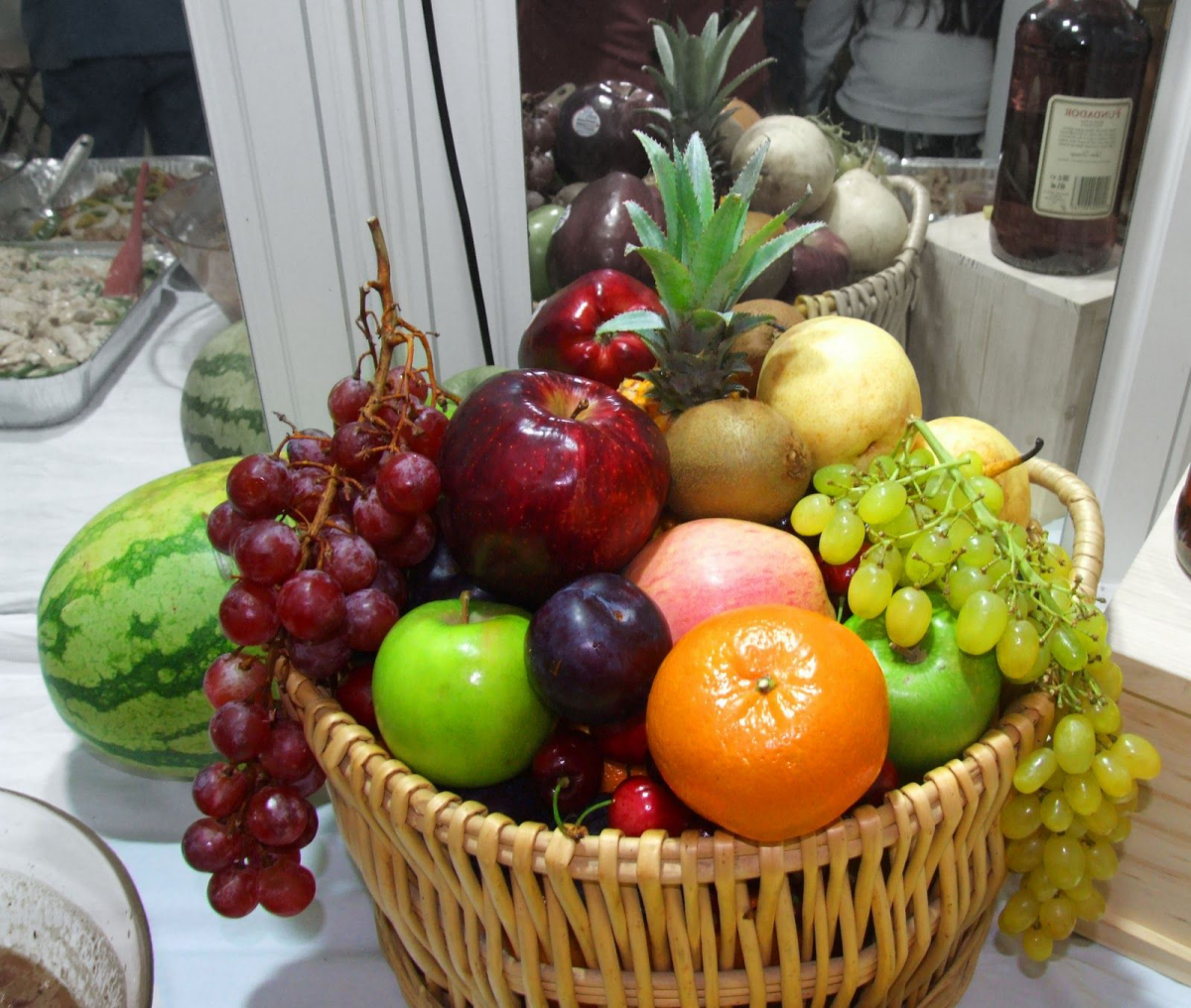
Final Thoughts from My Kitchen
These food traditions are so much more than superstitions. They’re a living link to our past and a way to share our hopes for the future. They remind us that no matter where we’re from, we all want the same things: health, happiness, and a little good fortune.
So whether you go all out with a pork roast or just share a simple bowl of lentils, the real magic happens when you gather together. My years as a chef have taught me that sharing a meal is one of the most powerful ways to show you care. I hope your new year is filled with delicious food and even better company.
Galerie d’inspiration
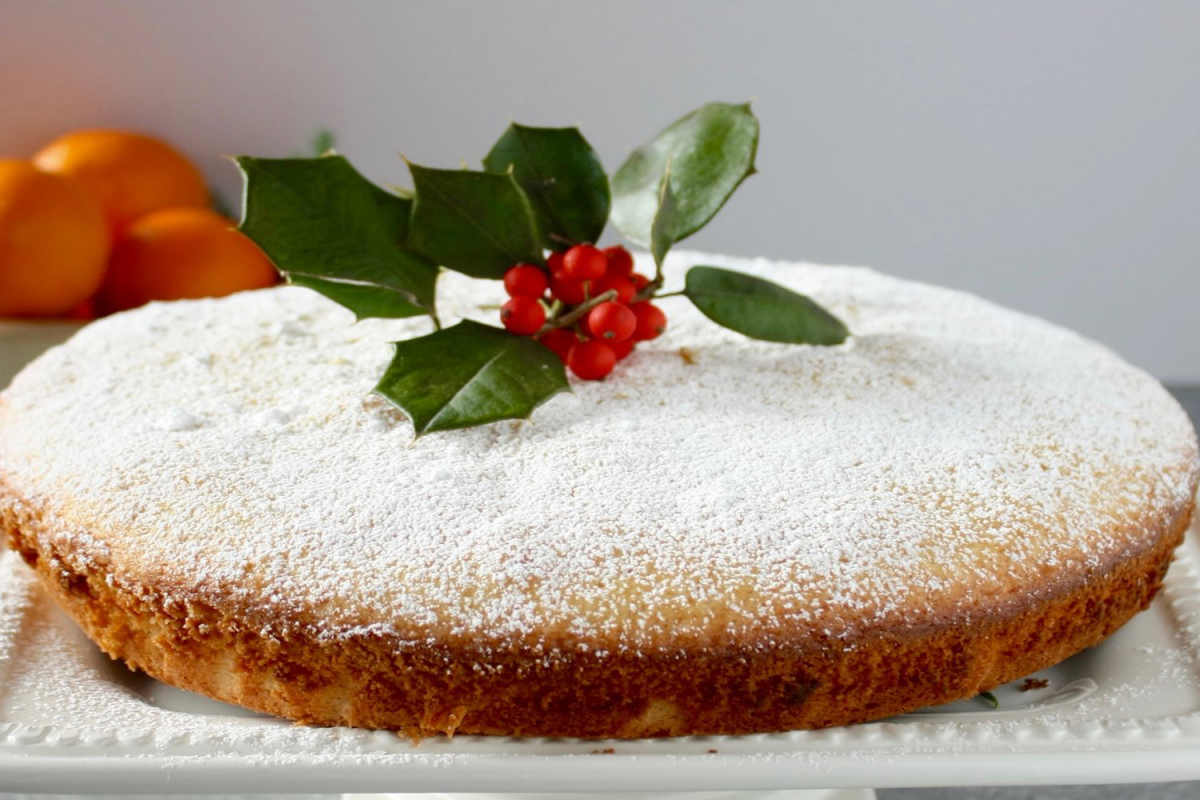

What’s the secret inside the Greek New Year’s cake?
It’s more than just a sweet treat. The Vasilopita, a fragrant orange and spice cake baked for St. Basil’s Day on January 1st, traditionally holds a hidden foil-wrapped coin. The cake is sliced and distributed to family members in a specific order, and whoever finds the coin in their piece is said to be blessed with good luck for the entire year. It transforms dessert into a moment of shared anticipation and joy.

In the American South, the saying goes: “Eat poor on New Year’s, and eat fat the rest of the year.”
This culinary paradox is beautifully embodied in Hoppin’ John. The humble black-eyed peas symbolize coins, while the collard greens often served alongside represent paper money. It’s a powerful reminder that prosperity can grow from simple, grounded beginnings. It’s not about extravagance, but about setting a foundation for abundance.
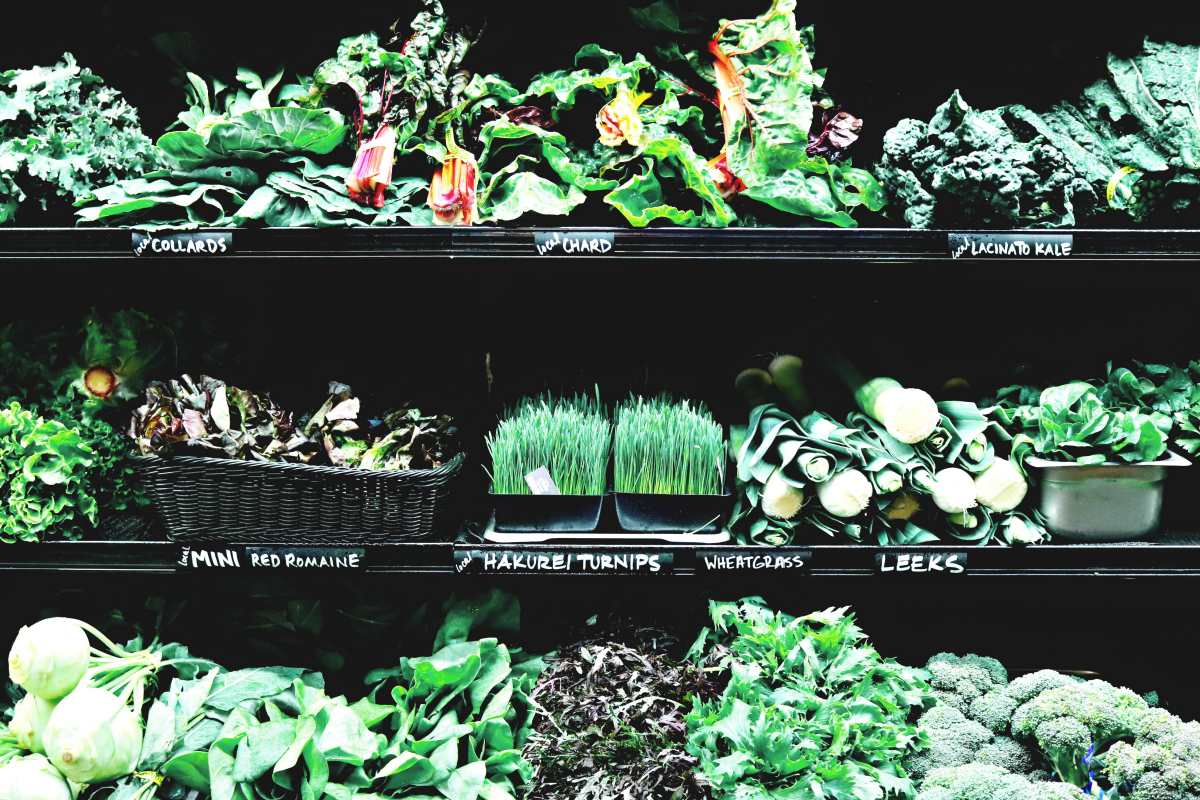
For that perfect golden cornbread: The key isn’t just the recipe, but the pan. A preheated cast-iron skillet is non-negotiable for a truly epic crust. Place your skillet, like a classic Lodge 10-inch, in the oven while it preheats. When you pour the batter into the sizzling hot, well-oiled pan, the bottom and sides begin to cook instantly, creating a crunchy, golden-brown crust that can’t be replicated any other way.

- A crunchy, sweet burst with each bite.
- A fun, frantic race against the clock.
- A toast to the twelve months ahead.
The tradition? In Spain, it’s eating twelve green grapes, one for each chime of the clock at midnight. It’s harder than it sounds, but succeeding is said to seal your good fortune for the coming year.
Round Foods, Full Circle: From the Dutch Oliebollen (fried dough balls) to Filipino families eating twelve round fruits at midnight, the shape itself is symbolic. Round foods represent coins for wealth, but also the cyclical nature of time—the end of one year and the beginning of another. It’s about bringing the year to a ‘full circle’ close and starting anew.










